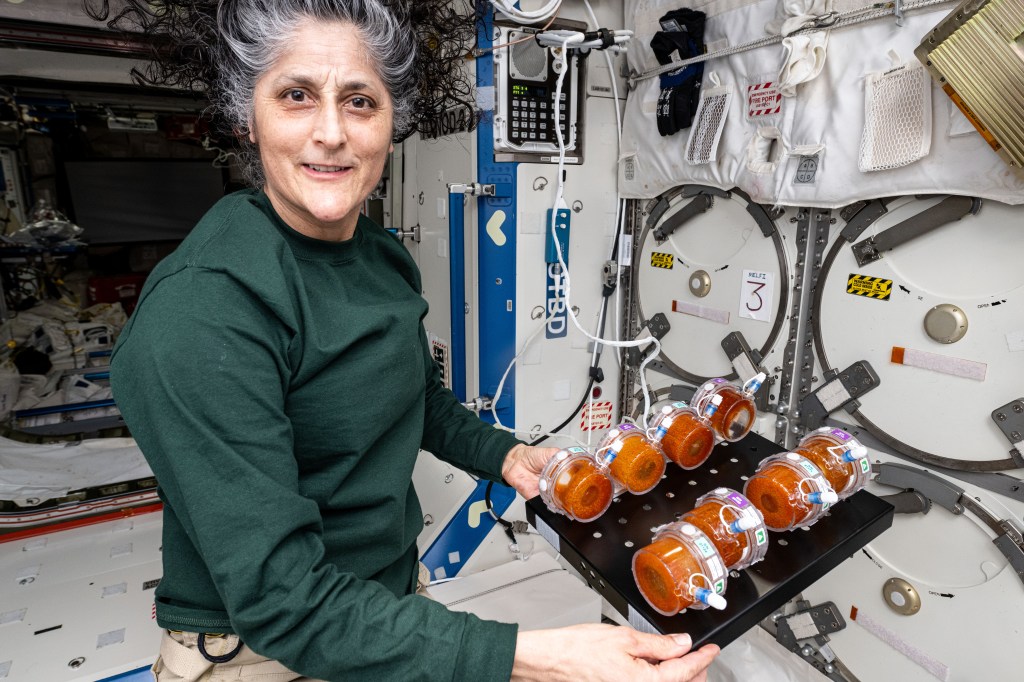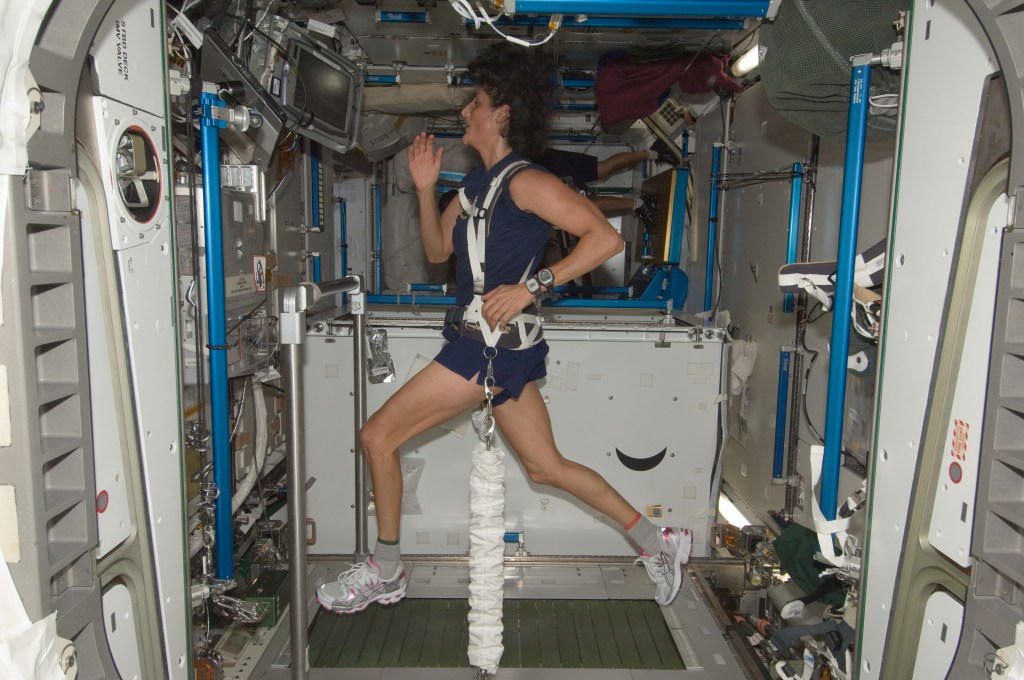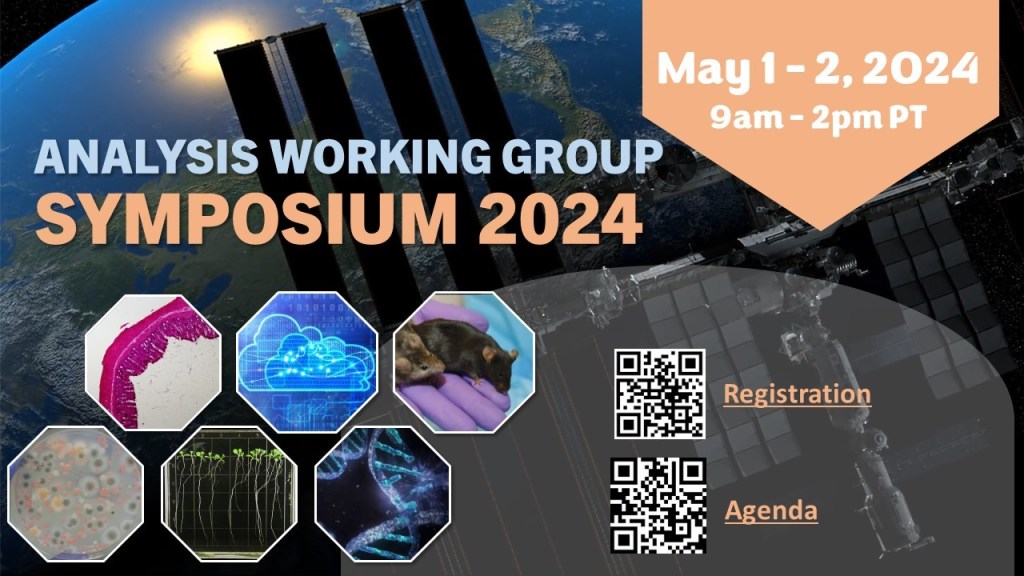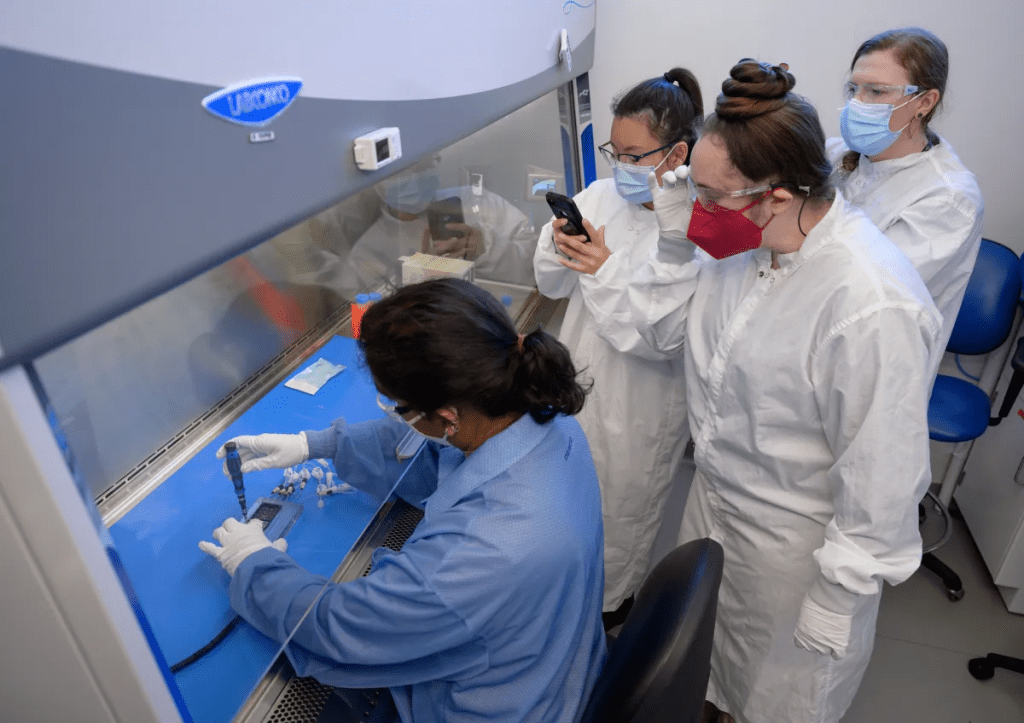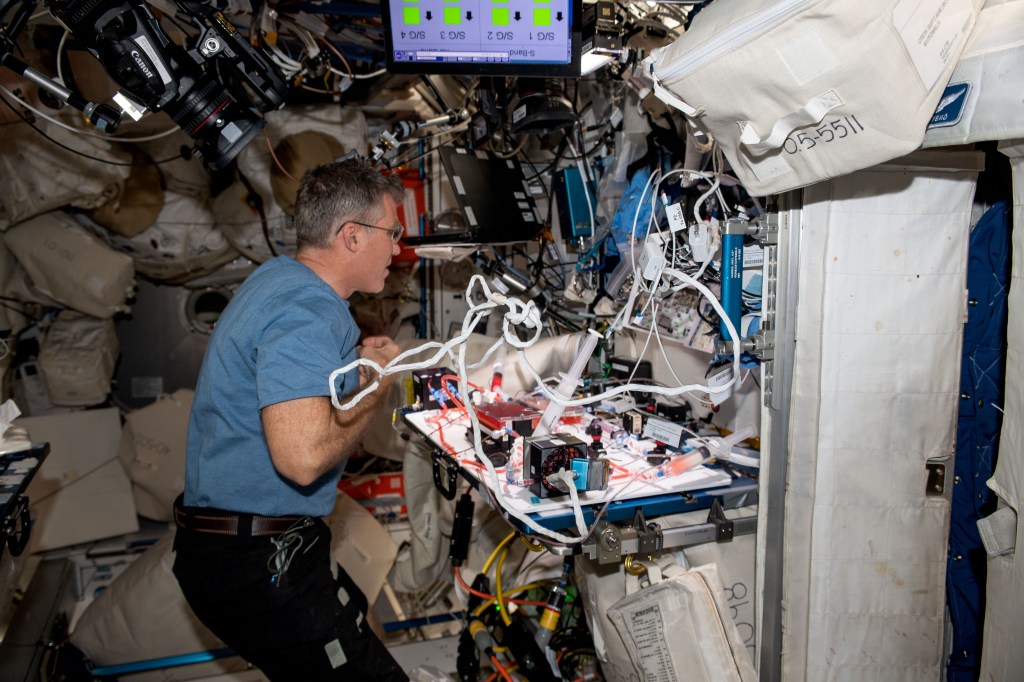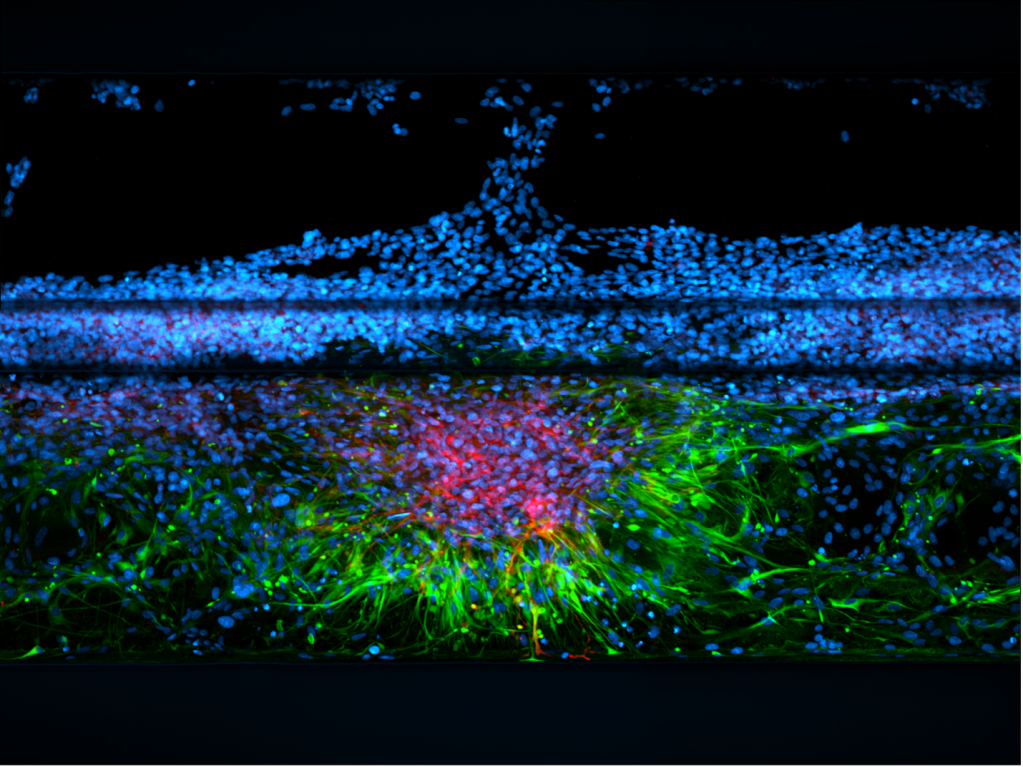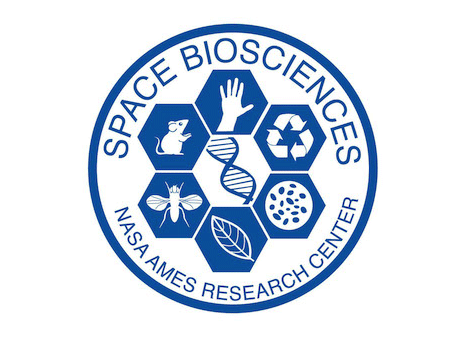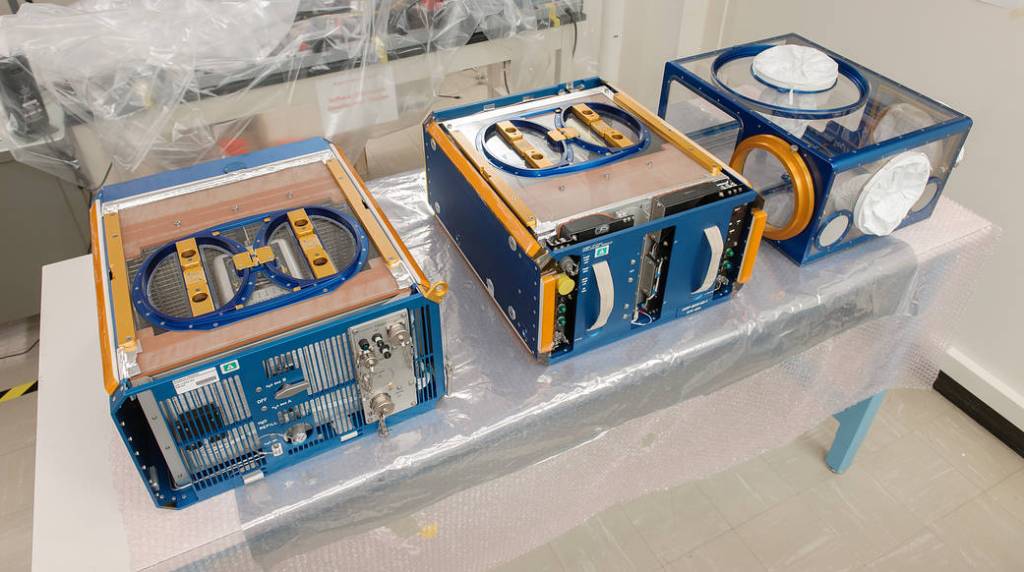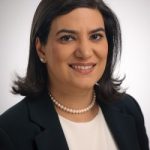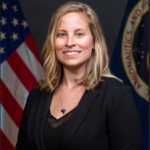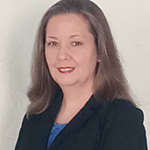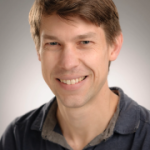
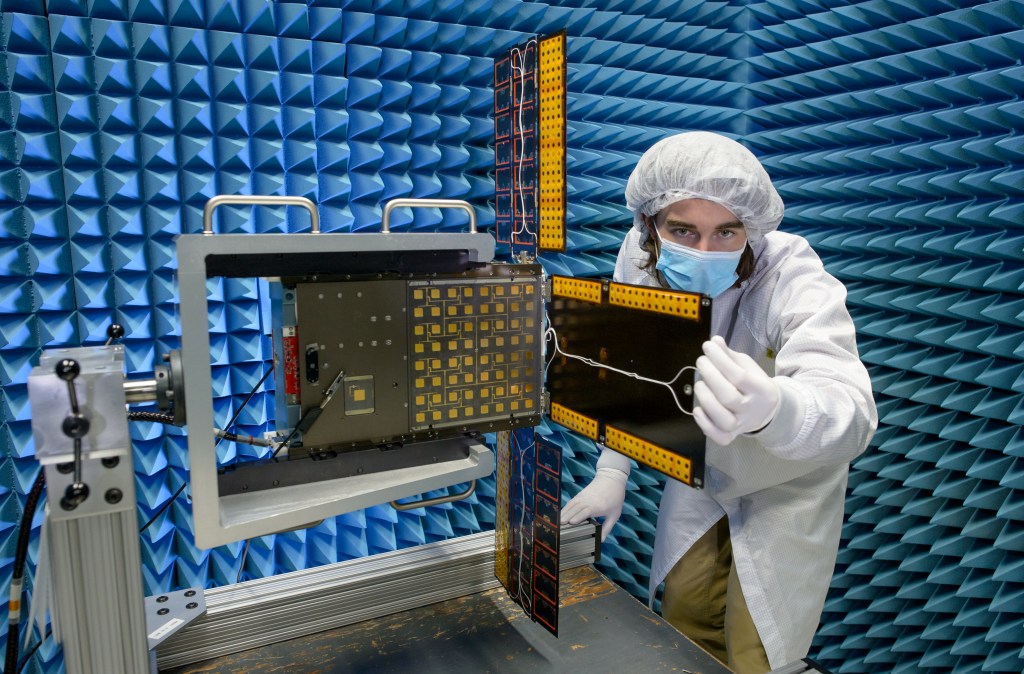
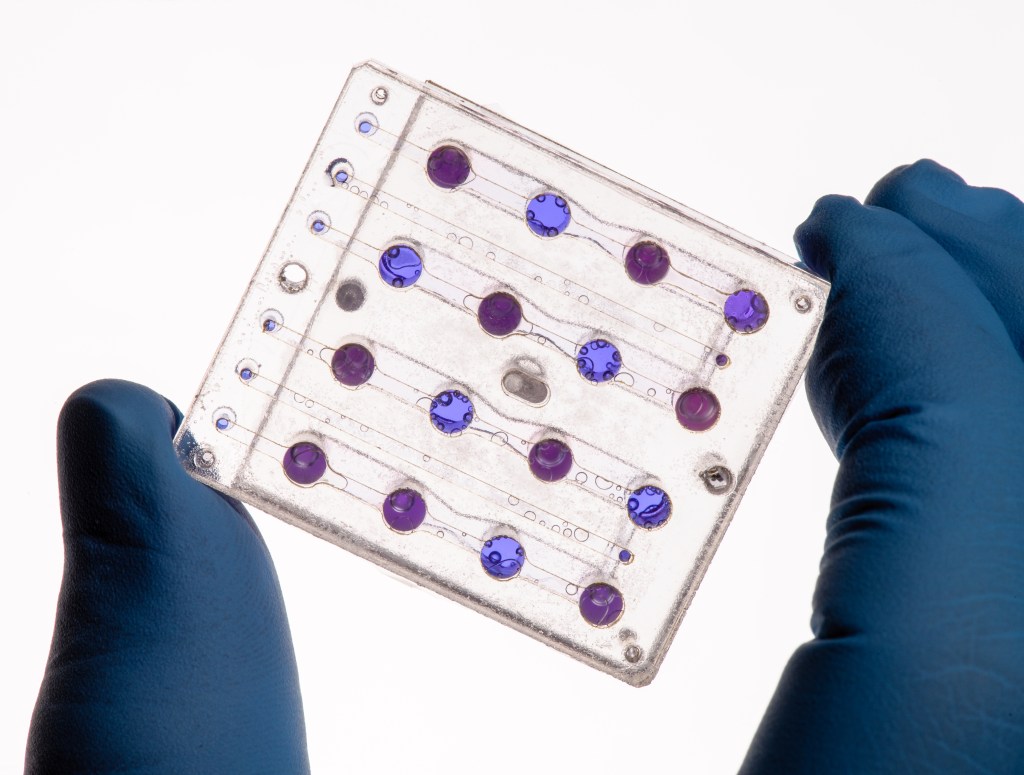
Space Biosciences at Ames
Bringing life into space. Life is challenged by the extreme environments of spaceflight. The lower gravity levels in space and on the moon and Mars have a wide range of harmful effects on humans and other living organisms. Away from Earth, there is no air, food, and water apart from what we bring with us. Radiation levels are much higher in deep space than on Earth, posing significant health risks. These challenges must be faced if we are to explore the moon, Mars, and beyond.
Space Biosciences News
Who We Are
In the Space Biosciences Division at NASA’s Ames Research Center, we perform the biological research and technology development necessary to tackle these challenges and enable NASA’s long-term human exploration mission.



























